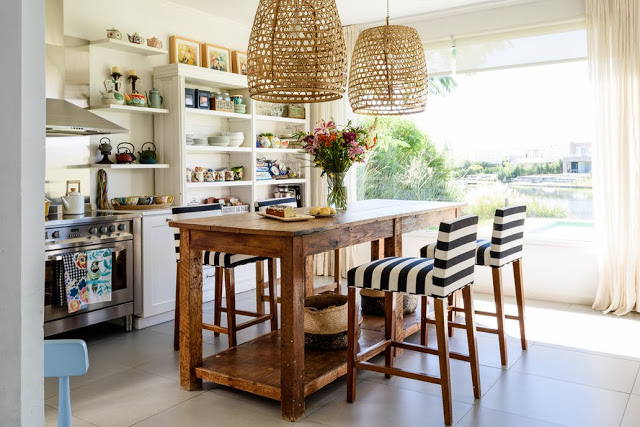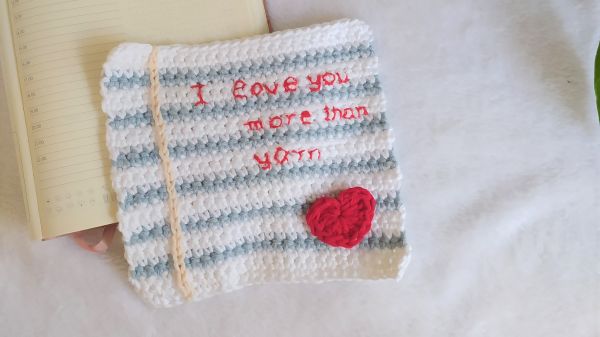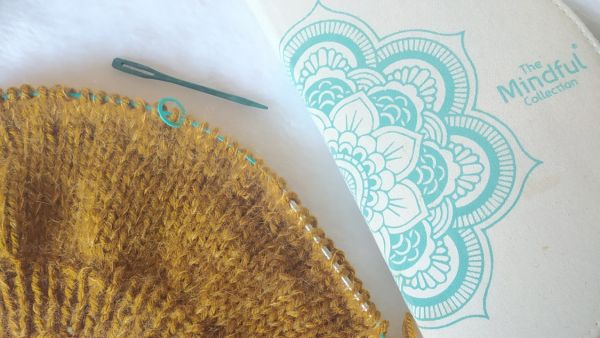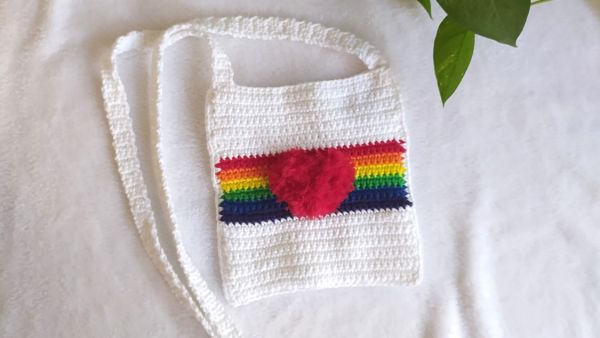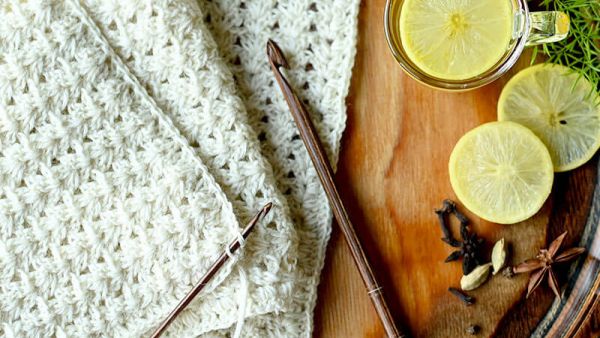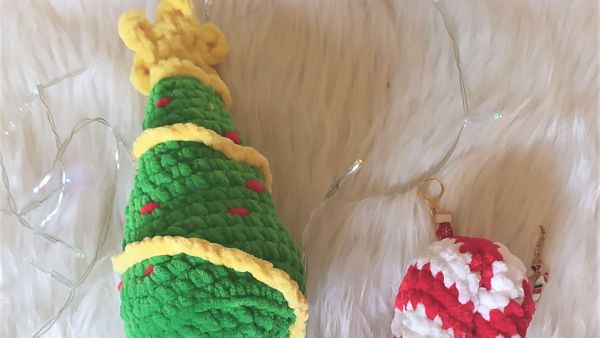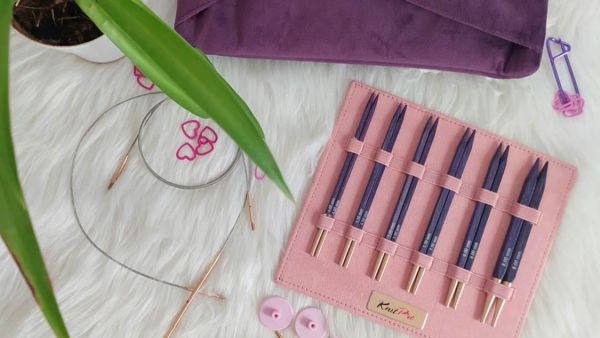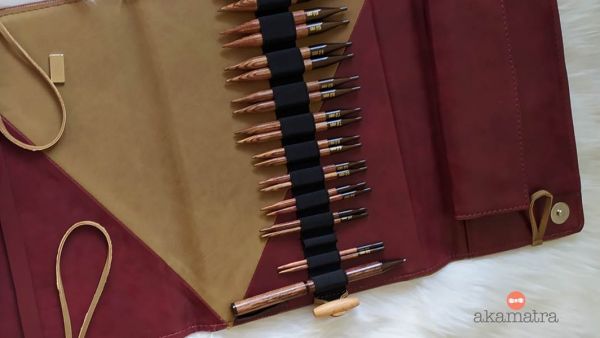Hello darlings!
Have you ever tried to recreate a look in your home that you once saw in a magazine or film, only to end up with an unsightly looking room? If you have, then you definitely can relate with how frustrating it can be. However, before you throw in the cards and conclude that you can never get a strikingly breathtaking indoors, you need to know there is still hope.
The reason why the magazine and film properties look so aesthetically pleasing is that those who designed them understood and applied some basic principles of home decor. Always remember that your property is an investment and it pays to do things right, not overlooking design is a critical aspect for an enticing appearance. You too can actuate an equally attractive appearance by using the same principles. These principles are:
Balance
Balance refers to creating a sense of equilibrium of items and objects within the room. It involves the use of color, shape, texture, and patterns to equalize or approximate the visual weight of the objects in the chamber. Such a room will feel comfortable and refreshing to the eye. When it comes to home decor, there are three main types of balance involved. These are;
Symmetrical or Formal balance
Creating the symmetrical or formal balance in a room occurs when you place objects or items in such a way that one side mirrors the opposite side. An excellent example is positioning two chairs on each side of the coffee table or placing two chairs that have an identical sconce, on either side of a tall cabinet.
Asymmetrical or informal balance
You can actuate an asymmetrical balance by using objects or items that have similar visual weight but varying shapes, colors, patterns, sizes, and textures. For instance, you could place two chairs on either side of a sofa, or position on top of a shelf, several tall, trim candle holders, facing a small wide vase.
Radial Balance
You can actualize a radial balance by arranging objects around a central focal point. For example, you place seats around the dining table.
Proportion and Scale
Another important house decor element to help you design like a pro is proportion and scale. Here, proportion refers to the ratio between one object to another with regard to size or space in which you place it. The scale, on the other hand, is all about how an object or item relates to the room’s size. For instance, if you put a large overstuffed sofa in a tiny living, it will be out of scale. To achieve the perfect proportion and scale, therefore, you should make sure that the ratio of the smaller areas to the larger areas are equal to the ratio of larger areas to the entire room.
Focal Point
It is practically impossible to successfully carry out an indoor decor exercise without introducing one or more focal points. The focal point helps to eliminate boredom and make the design more charming. It is worth noting, however, that for the object to have a compelling effect, it must be dominant and exciting enough to capture the audience’s attention and make the viewer want to explore the room or object further. Typical focal points in the home could include elegant furniture pieces, aquariums, artworks, fireplaces, state of the art electronics and much more.
Style and Theme
Every property has its unique style or theme, which can include Formal, Casual, Contemporary, Tradition, Tropical, Chic and Western. Whichever, your home’s theme is, you must ensure that your decor takes that into account. Hence, go for home decor that will not only complement but enforce the desired theme. You can accomplish that by introducing equal decorative pieces that enhance the aesthetics you want.
Rhythm
In indoor decor, rhythm is all about using patterns colors and shapes of contrasts, progression, transition, and repetition to actuate an interesting, continuous and recurring movement of visual. The idea is to make the eyes move around the room in interesting ways. You can create rhythm in your home for instance by using pillows that have a pattern, color or shape that is identical to the wall painting, area rug, or flower vase. Such repetition will force the viewer’s eyes to move around the room.
Details
At times the difference between the design you wanted and the one you get, are the subtle and minor details. Therefore, pay close attention to the small details as these can have a significant dent on your room's final look. For example, make sure your choice of home decor complements the right house theme and style, and that it has the right colors, proportion, and scale.
Unity and Harmony
Seasoned interior designers understand that even though the perfect look involves the excellent combination of minute details, for the look to work, one must have the overall bigger picture in mind. Consequently, they view the entire designing exercise as a combination of the spaces within the room. Moreover, they take the time to ensure that each area within the chamber, be they walls, stairs, ceilings, and floors, have decor that blends in perfectly with every other item or object in the room.
Lot's of love

